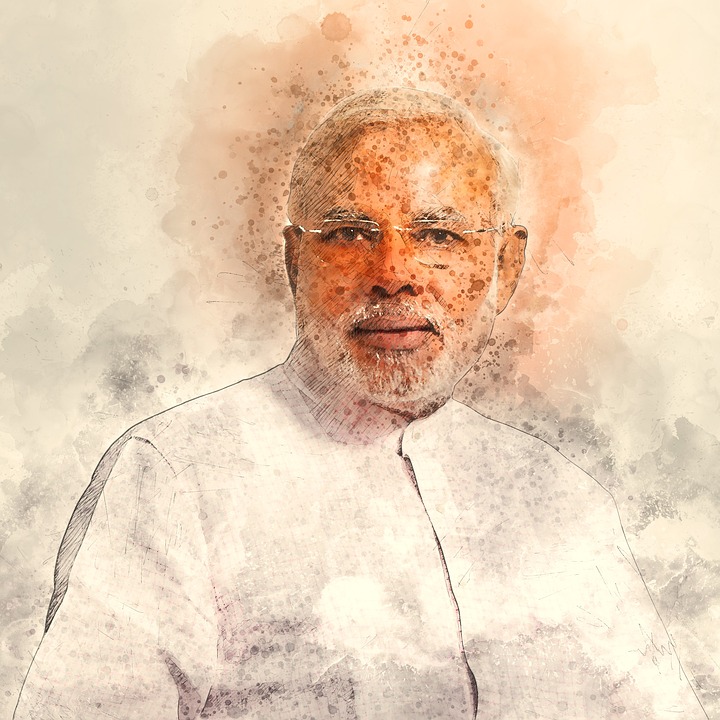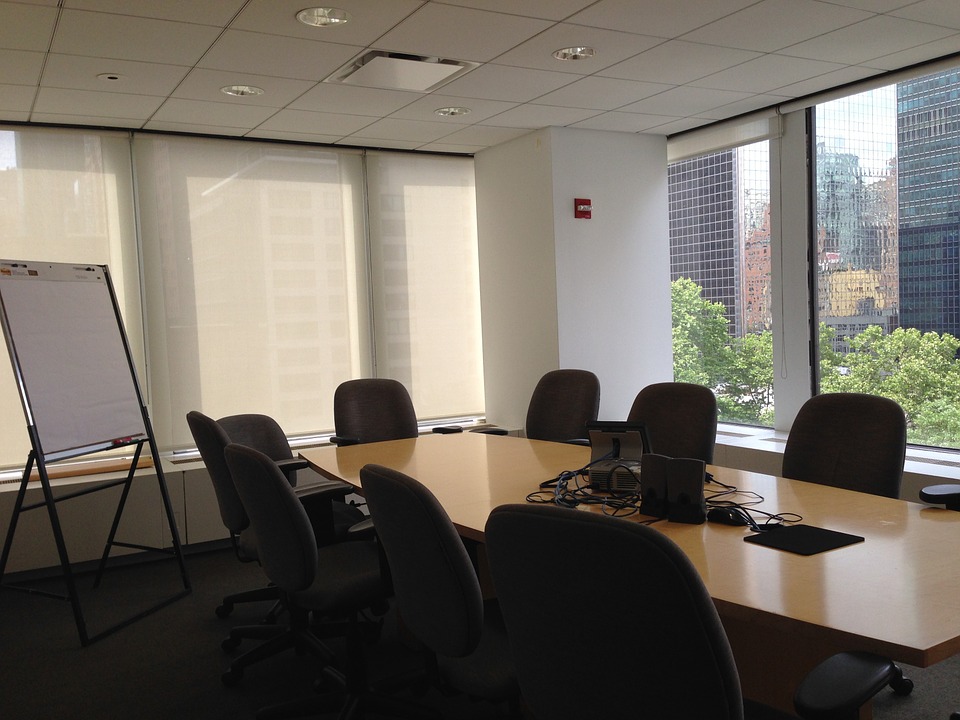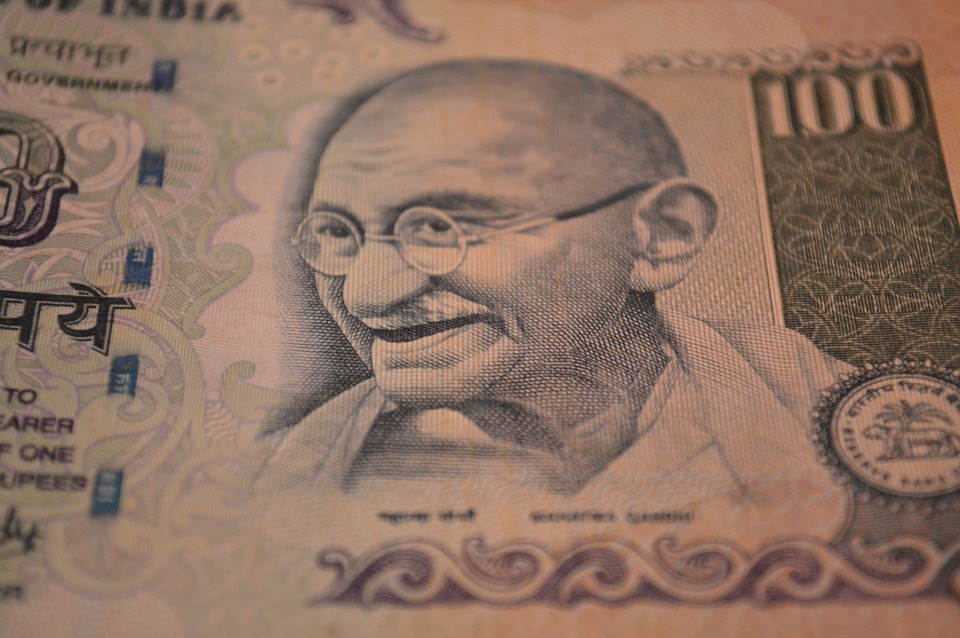The sudden withdrawal of high-value currency notes, popularly dubbed as demonetization, sent shockwaves across the country, and even beyond, with non-resident Indians worried about their holdings. Ever since, social media has become breeding ground for rumours on how the government would next introduce anti-people reforms that would impact finances of the general populace. In the same context, news about the reduced printing of 2000-denomination notes was altered on social media messages to fuel gossips and rumours of looming withdrawal of these notes.
The article hasn’t mentioned the FRDI Bill yet, but the preceding para can be an indicative of what we intent to mention in subsequent paras.
What is FRDI Bill?
Before we delve into the implications, let’s look into the broad provisions of the bill. The Financial Resolution and Deposit Insurance (FRDI) bill seeks to promote discipline among the financial service providers and protect the customers during the times of financial distress. The two-fold agenda will be achieved by;
- Setting up a resolution corporation to strengthen the stability among financial sector entities
- Reducing the time and costs put in to resolve the distressed financial entities
- Limiting the use of tax payer’s money to bail out distressed financial entities
- Allowing the use of the depositor’s money by failing financial institution (referred to as
“bail-in”) - Empowering the resolution corporation to decide the amount insured for each depositor
It is the last two provisions mentioned above that the bill has become the bone of contention between deposit holders in banks and the current dispensation. Since internet penetration is much deeper than financial literacy, manipulated and ill-construed provisions of the bill have spread like wildfire, and many are decrying losing their hard-earned money to banks.
Understanding “Bail-in”
The most talked-about provision is the bail-in option (can be construed as the exact opposite of bail-out where government comes to the rescue of ailing financial institutions). It is being talked about that fixed deposits and balances in savings accounts with banks are set to be vulnerable to be used for keeping a loss-making banking institution afloat. But is that truly the case?
Also read: How To Tackle Banking Sector Woes
Bail-in indeed refers to the act of using internal funds (in this case the holdings of depositors) to overcome turbulent times. While bail-outs are one where government uses its budgetary revenues to infuse capital in banks that have non-performing assets, they still appear as people-friendly measures since the common man doesn’t bother to realize that even government revenues come from taxes that are levied on us; any infusion of capital thus is a cut in spending on infrastructure expansion and other crucial services such as healthcare and education.
Is depositor’s money insured currently?
Any holdings in banking institutions are guaranteed up to INR 1 lakh by the Deposit Insurance and Credit Guarantee Corporation (DICGC), which is a subsidiary of the central bank.
FRDI Bill is not disadvantageous to the depositor’s
FRDI Bill, it seeks the establishment of a resolution corporation that would oversee corrective actions in case of troubles in not only banks but also other financial sector firms like insurance companies. From mergers and acquisitions (Also read: Indian Bank’s Merger – A Good Idea?) to cutting down on administrative costs, the resolution corporation can introduce sweeping reforms to reverse the fortunes of the entity, and it can be said that this framework for timely and well-documented intervention was much-needed.
As far as depositors’ concerns are related, although the DICGC will be dissolved and the deposit insurance norms will be changed, but not to the disadvantage of depositors as the new resolution corporation will manage insurance of depositors’ money in savings accounts and fixed deposits in place of DICGC. Final provisions of the bill are yet to come out, and the Finance Minister has re-assured on the security of deposits.
Suvipra view
Finally, here is what you wish to hear. Yes, a certain portion (even higher than current) of depositor’s money with banks will be insured, and bail-in will not be the sole resolution tool. Bail-outs by the government and other interventions like from RBI will still be in place. Also, never forget banks are the backbone of the economy, and any instance of depositors losing faith in this sector will only trigger turbulent times for any nation, and the government will never let this happen.
Disclaimer – The views or opinions expressed in the article are the personal opinions of the author and do not in any way reflect the views of Suvipra except where specifically mentioned. Suvipra does not assume any responsibility or liability for the same.
To get your article published on Suvipra.com, refer our guidelines Guidelines
Contribute article Contribute











